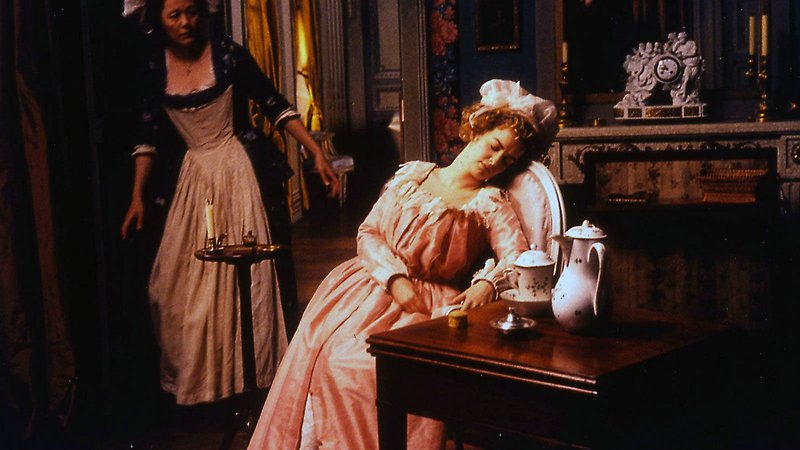
Who could have guessed that, at the age of 81, French new wave veteran Eric Rohmer would unveil what may come to be considered his late masterpiece?
Screened as part of NZIFF 2002
The Lady and the Duke 2001
L’Anglaise et le Duc
"The 82-year-old Eric Rohmer was a late starter among his nouvelle vague colleagues from Cahiers du Cinéma. But he’s stayed the course and is still in there with The Lady and the Duke. His third historical piece (after his immaculate version of Kleist’s The Marquise von O and his Arthurian tale, Perceval le Gallois), it’s as attractively talkative as his various series of films with modern settings. Here he tackles a subject usually avoided by French period movies – though boldly confronted by Andrzej Wajda in Danton – the Reign of Terror.
His movie draws on the memoirs of Grace Elliott, the British aristocrat who went to France in 1786 as the lover of Philippe, Duke of Orleans and stayed there as his friend and trusted confidante. After the Revolution, she remained an outspoken royalist while the duke threw in his lot with the Revolution, became a deputy, voted in the Convention for the king’s execution, and finally went to the guillotine himself. The movie progresses in a series of dialogues, mostly between the redoubtable Grace, a brave, arrogant, wilful woman, and the decent, deluded duke, though there are scenes of violent bloodletting in the Paris streets and the decapitated head of a duchess is thrust on a pole through Grace’s carriage window. But where the chat in other Rohmer pictures is often irritatingly hair-splitting, here it is positively hair-raising and on its way to being neck-severing...
The Lady and the Duke is notable for three reasons. First, Lucy Russell, no conventional beauty, gives a performance as remarkable as anything Kristin Scott Thomas or Charlotte Rampling have done in the French cinema. Second, the picture is visually interesting for the painterly quality of the interiors and the digitally devised exteriors, in which the characters move as if within hand-tinted prints of 18th-century Paris and environs. Third, Rohmer takes a harsh view of revolutions, the betrayal of their initial idealism, the licence they give to the mindless, the vindictive, the zealous and the psychopathic, and the fallacy they propose that ends justify means. He’s saying that when you condemn the terrible revolutions of the 20th century, what about our own much vaunted one? In Rohmer’s ‘1789 and All That’, Grace argues that the French Revolution was une mauvaise chose rather than the conventional ‘good thing’." — Philip French, The Observer